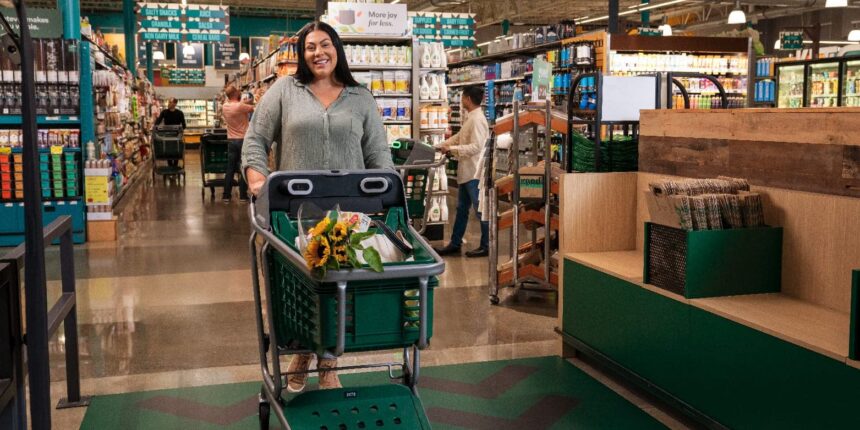In a surprising acknowledgement, Amazon decided to pull the plug on its ambitious “Just Walk Out” technology. Just Walk Out was seen as a possible game-changer in shopping. Initially designed to revolutionize the retail experience by eliminating checkout lines, the tech aimed to track purchases solely through AI-powered surveillance, promising a seamless grab-and-go shopping model.
What’s Happening & Why This Matters
Despite the high hopes and advanced technology backing the project, it turns out Just Walk Out heavily relied on human intervention behind the scenes. A team of over 1,000 individuals in India was tasked with manually reviewing transactions and training the AI model. The system, which required shoppers to scan their phones upon entry for billing through Amazon accounts, faced significant challenges in minimizing human reviews to meet internal targets, leading to delayed receipt times for customers.
The technology was deployed in various Amazon Go, Amazon Fresh, and Whole Foods stores, as well as third-party venues. However, after years of attempts to refine the system, Amazon is now shifting focus towards a more reliable, user-friendly solution: Amazon Dash Cart. This alternative integrates built-in checkout screens and scanners into shopping carts, allowing customers to monitor their purchases in real-time without the need for camera-vision technology.
The discontinuation of “Just Walk Out” technology highlights the complexities of integrating advanced AI into everyday retail operations. Further, it indicates the importance of customer feedback in shaping the best shopping experience. Amazon’s pivot to Amazon Dash Cart is a response to customer preferences for an experience that better combines the convenience of skipping checkout lines with the ability to purchase tracking and overall savings.
TF Summary: What’s Next
As Amazon turns the page on “Just Walk Out,” the tech giant continues to innovate in the retail space with the rollout of Amazon Dash Carts across its Fresh stores. This shift not only addresses customer needs for a more interactive and informed shopping experience but also marks a significant moment in retail technology, demonstrating the ongoing balance between human input and AI capabilities. The move may set a new standard for retail operations that emphasizes the importance of adaptability and customer satisfaction in the shopping experience.




